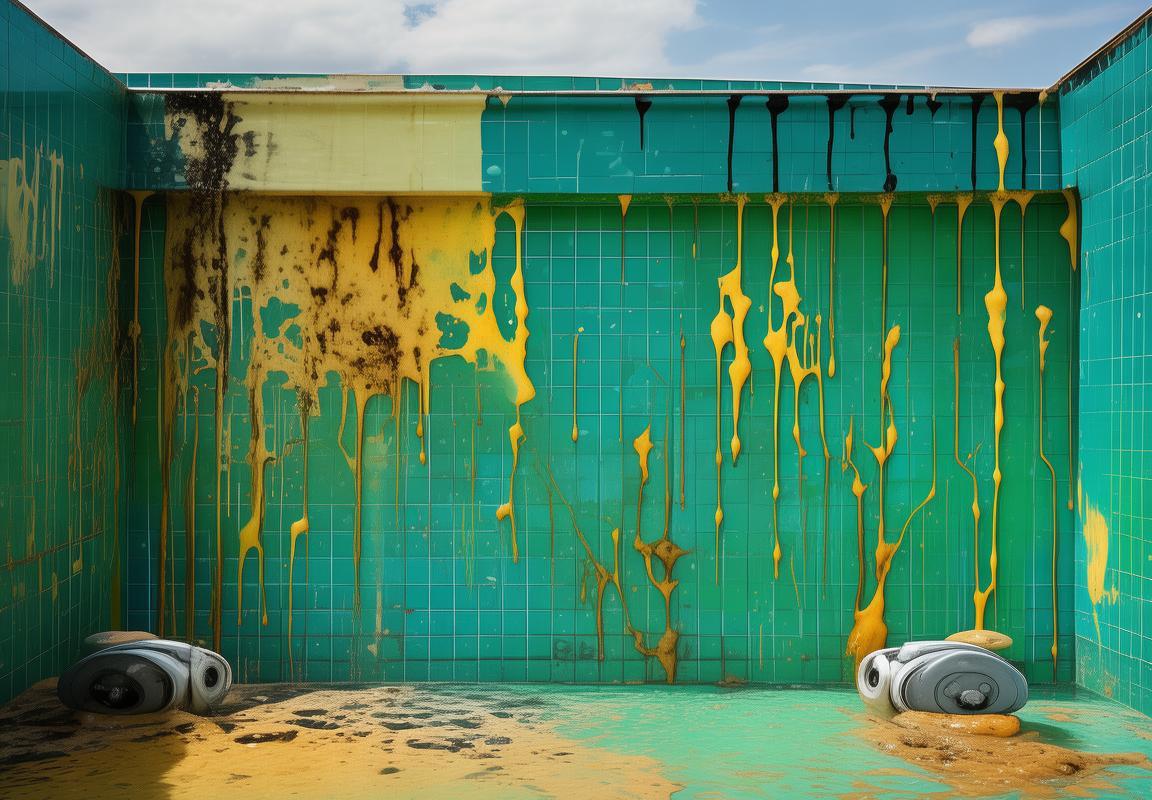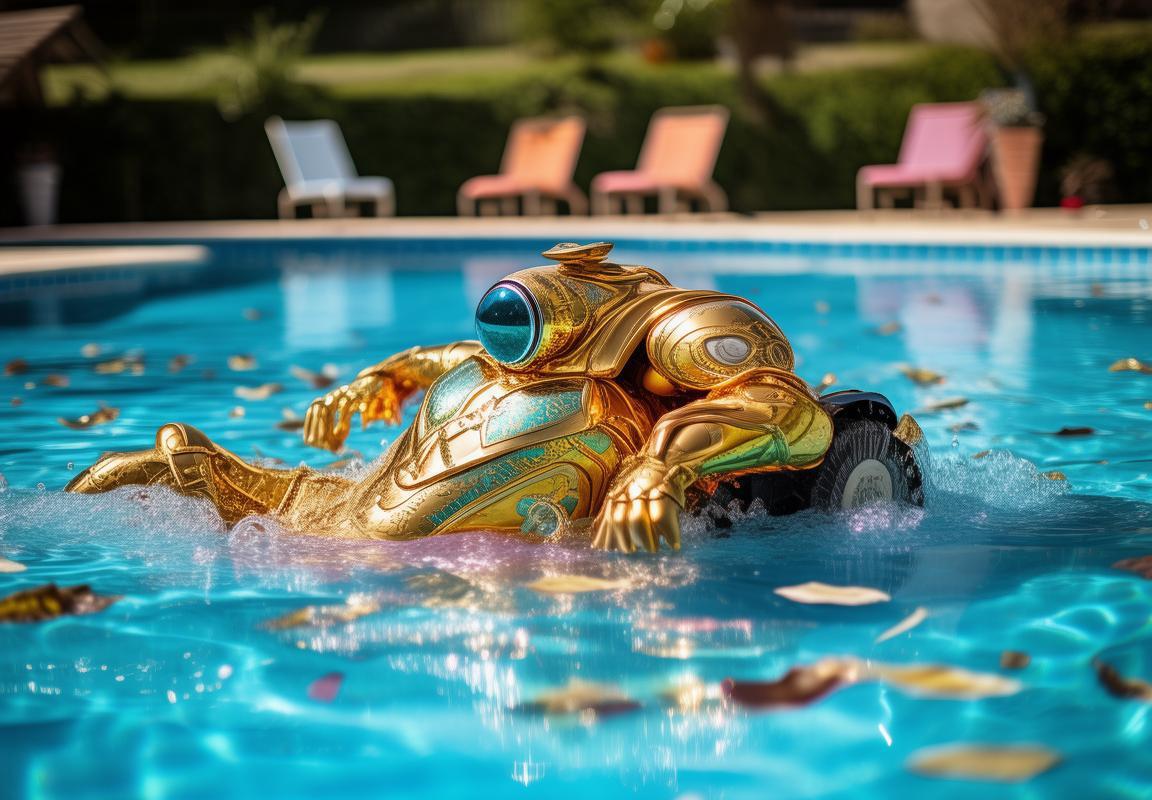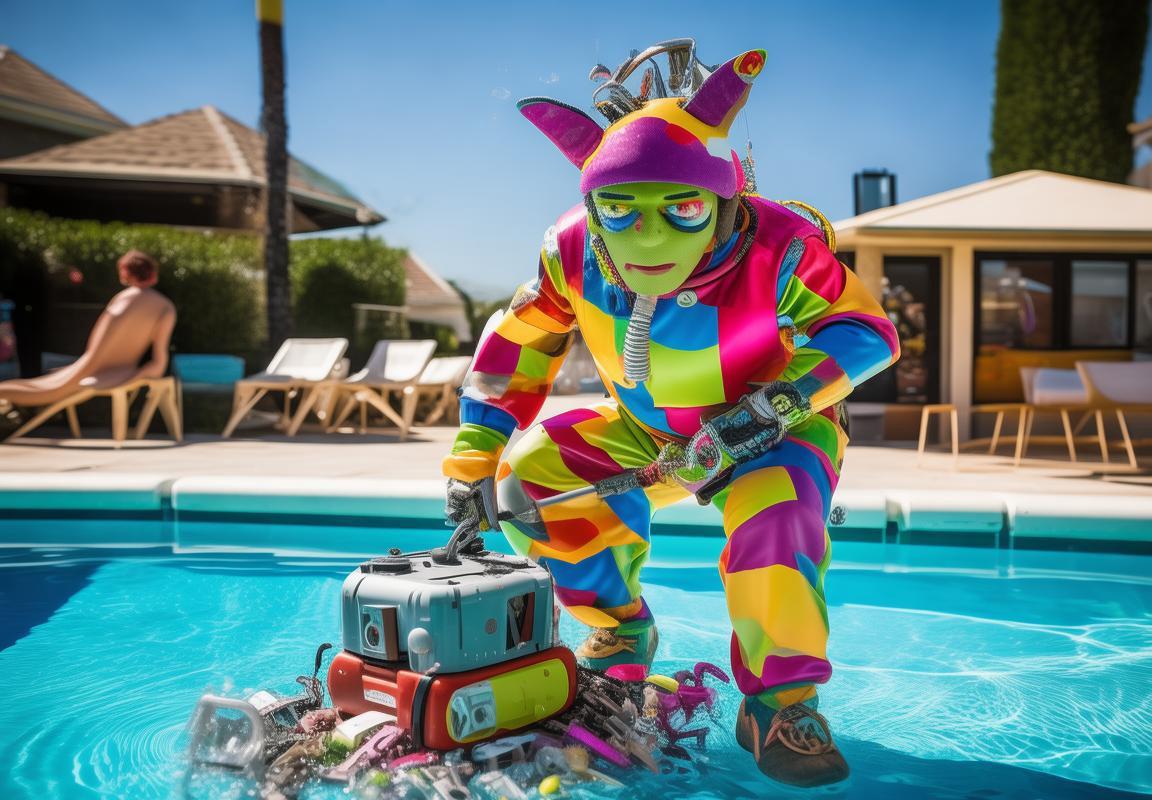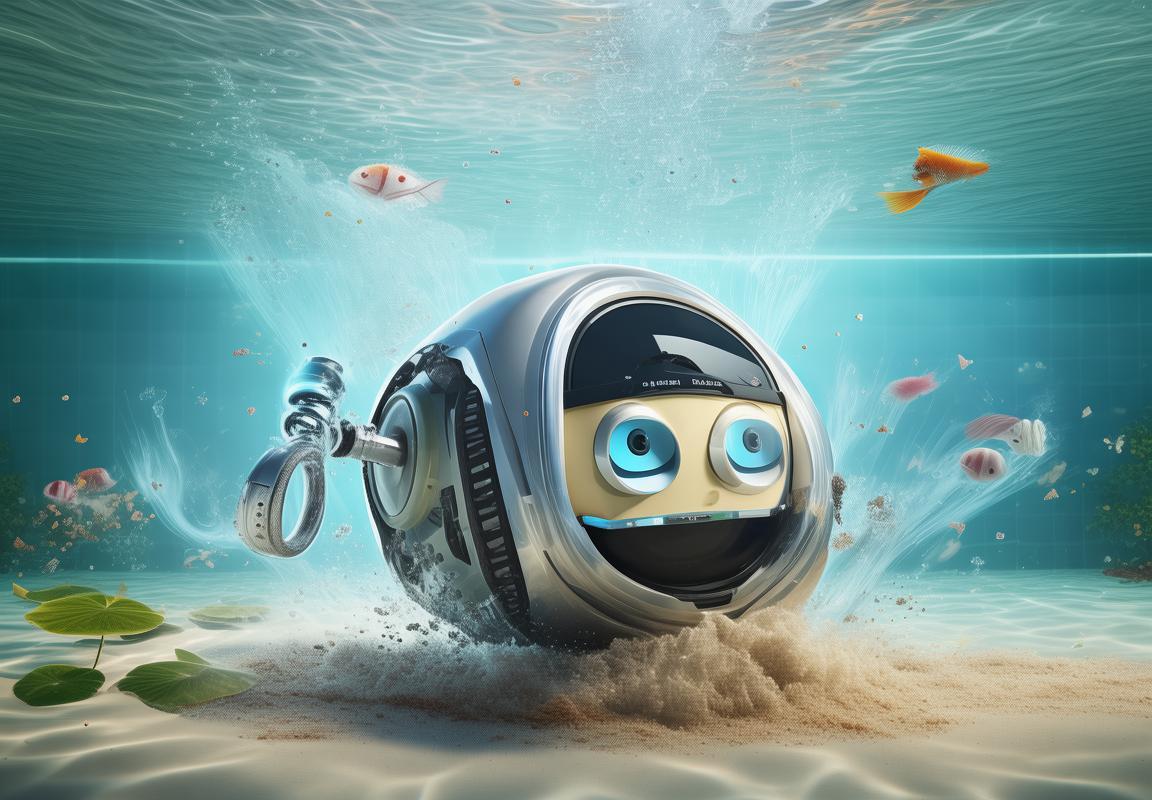Pool Wall Cleaner Guide: Best Algae Removal & Pool Maintenance Tips for Sparkling Walls
Nobody dreams of scrubbing grimy pool walls—algae, calcium scale, and biofilm turn your oasis into a science experiment. Pool wall cleaners are the solution, whether robotic, suction-side, or pressure-side, saving you from endless scrubbing. Algae removal requires more than just chlorine; shock treatments, proper brushing, and algaecides are key. For calcium buildup, balance your water chemistry and use scale removers instead of harsh pressure washers. Avoid DIY myths like vinegar (it ruins pH) or over-chlorinating (it bleaches surfaces). Pool maintenance tips include weekly brushing, enzyme treatments for biofilm, and running your cleaner regularly. Choose the right Pool Wall Cleaner for your pool type—robots for hands-off cleaning, suction-side for debris, or pressure-side for heavy stains. Prevent problems before they start, and enjoy a crystal-clean pool without the backbreaking work. Stop neglecting your walls and invest in a cleaner that actually works!









